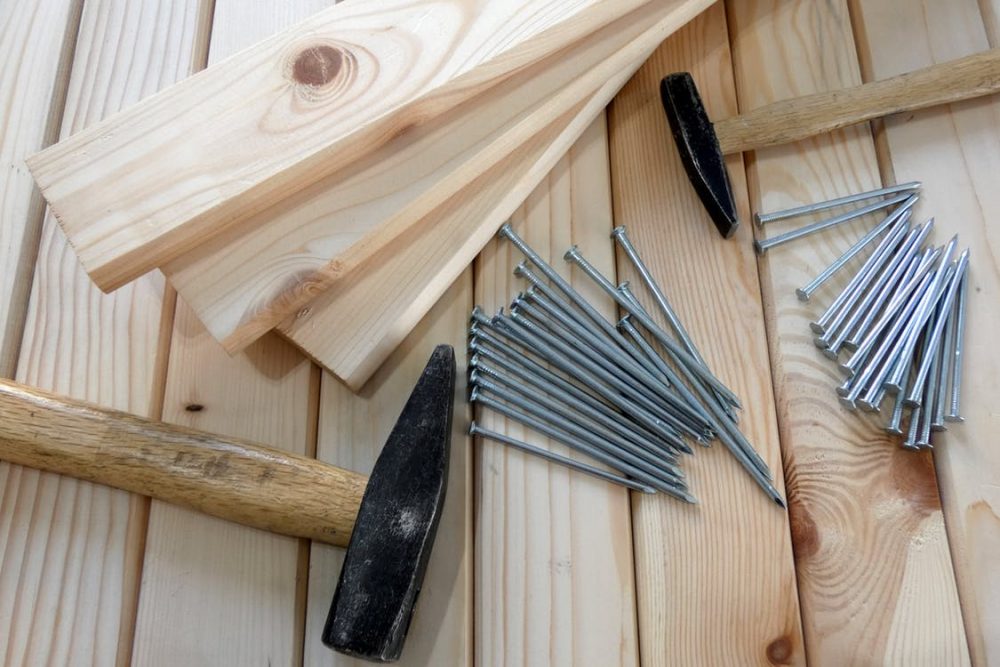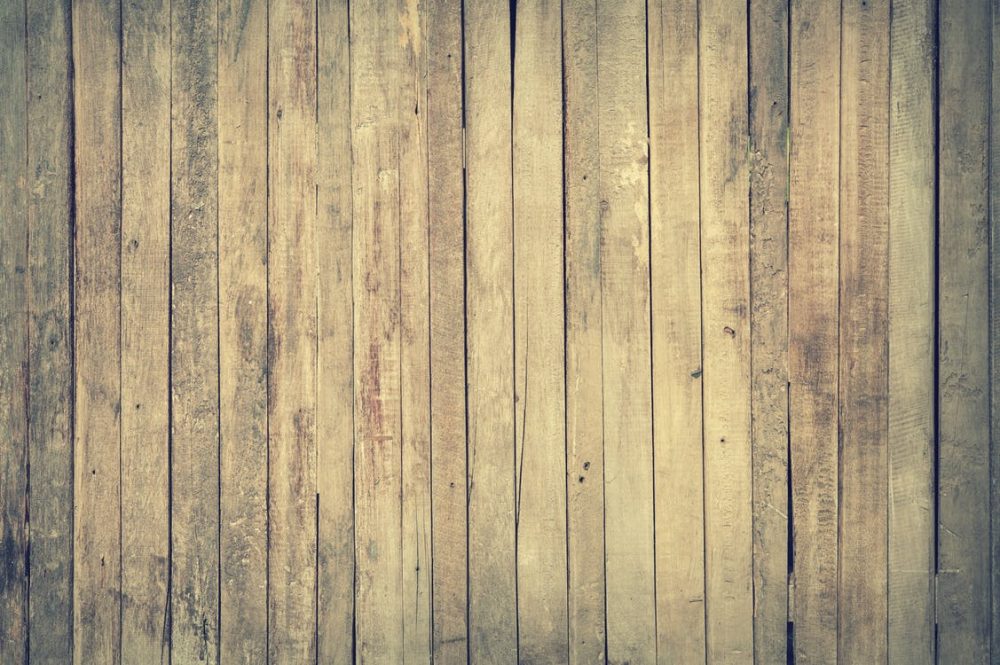It’s pretty incredible how extreme our weather is through the Canadian cyclical three-sixty-five. We’ve learned how to cope with the scorching heat of summer as well as the icy blues of winter and other than a bit of small talk whinery, we get along just fine. There are a lot of opinions and discussions on renovating in the winter that can leave you with a lot of questions: are contractors cheaper in the winter? Is it safe to paint inside with the windows closed? And what the heck are VOCs?!?!
Brian McCourt is a contractor, design expert and co-host of HGTV Canada’s Backyard Builds.
Published January 23, 2019, Updated November 24, 2019

Myth: Contractors Are Less Busy During Winter Months
There is a lot of information out there that suggests contractors are not busy during the winter months, making it easier to price bargain with them. In my experience, this is untrue. Most contractors are booked months in advance and are unwilling to negotiate their pricing. Responsive, meticulous and qualified contractors are a hot commodity in any season – even winter (especially in major city markets).
Related: Mike Holmes Reveals the Red Flags to Watch for When Hiring a Contractor

Myth: Framing Lumber is More Susceptible to Warping in the Winter
You know when you see those annoying drywall screws popping out of the wall or a big crack in the corner of a room? Well, that’s because the framing behind the drywall is shifting from the moisture change in the wood after being installed. In hot weather, wood expands as it absorbs moisture from the air and in cooler temperatures it contracts when that moisture is expelled. Wood is most stable when it is dry and, because winter is the driest time of the year, it makes it a great time to frame. That being said, when wood is too dry, it can crack. The ideal humidity for wood being used for framing is between nine and 14 per cent (which you can measure using a moisture meter).

Myth: You Aren’t Responsible for Clearing Snow and Ice
It’s no secret that renovations are some of the most stressful times of homeownership. There’s lots of problem-solving, selecting materials, making decisions on the fly and burning money at the speed of light. It is also more likely for homeowners to neglect clearing snow and ice on the property. It’s best to have a conversation with your contractor about clearing these winter hazards before assuming that it will be taken care of by someone else through the renovation. While your contractor may not complain, you could still be financially liable if an accident occurs.

Myth: It’s Not a Good Time to Install Hardwood
Contrary to popular belief, there are absolutely no issues with installing hardwood during the winter. No matter what month of the year it is, hardwood should be left in the room it will occupy from anywhere between a couple days to a week before installing so that it can acclimatize to its new home. Wood flooring should have a moisture reading between six and nine per cent when being installed (unless otherwise specified).

Myth: My New Hardwood Floors Are Defective
This is a common misconception when floors begin to cup or start to split or gap. Usually, this is due to low humidity in the home during the dry winter months. Air humidity levels should be between 35 and 55 per cent. When it is lower than 35 per cent, severe damage can occur to hardwood flooring and it can also be the reason that your floors squeak! For between $300-$500 you can have a humidifier installed on your furnace to ensure your floors don’t fail. (If your floors squeak in the winter, but not any other time of the year and/or your baseboards and mouldings have cracked, it’s time to evaluate the humidity in your home).

Myth: You Can’t Paint Indoors
Nobody wants to breathe in unhealthy paint fumes. There has been a lot of progress in the last few years, with tighter government regulations and extra attention paid to VOCs (volatile organic compounds), which are the gasses emitted from the paint drying process. Most indoor, water-based paints are low-VOC or no-VOC. Even withnNo-VOC options, paints may still contain solvents and fumes that our bodies aren’t designed to breathe in. When painting indoors, make sure to crack open a window, place a fan blowing the air outside and/or turn on a vent in the kitchen or bathroom.

Myth: The Materials Are Generally Cheaper
In my experience, renovation materials go on sale every season. While you might save on exterior materials in the winter, you likely won’t be installing them until the spring. In terms of interior renovations, you’re just as likely to rack up a similar dollar amount in January as you would in July.
HGTV your inbox.
By clicking "SIGN UP” you agree to receive emails from HGTV and accept Corus' Terms of Use and Corus' Privacy Policy.




